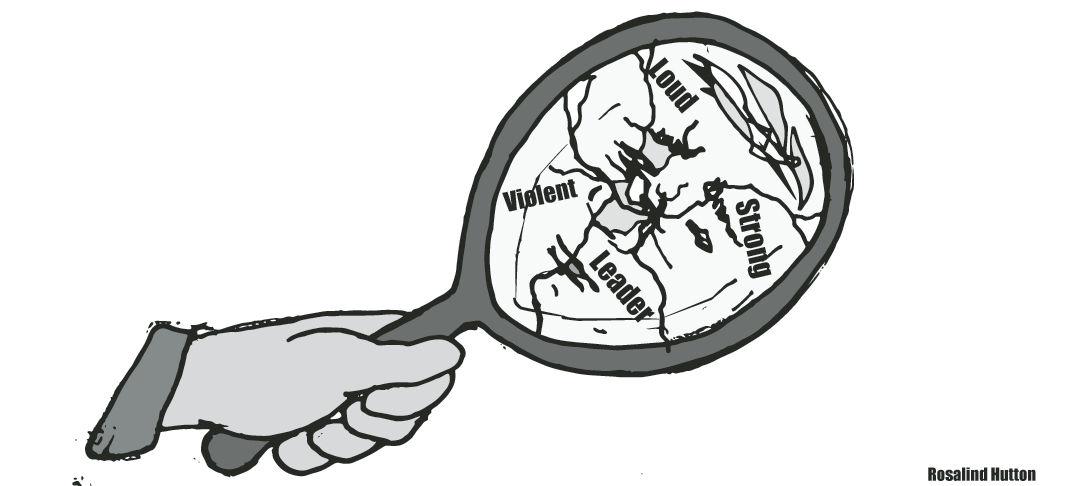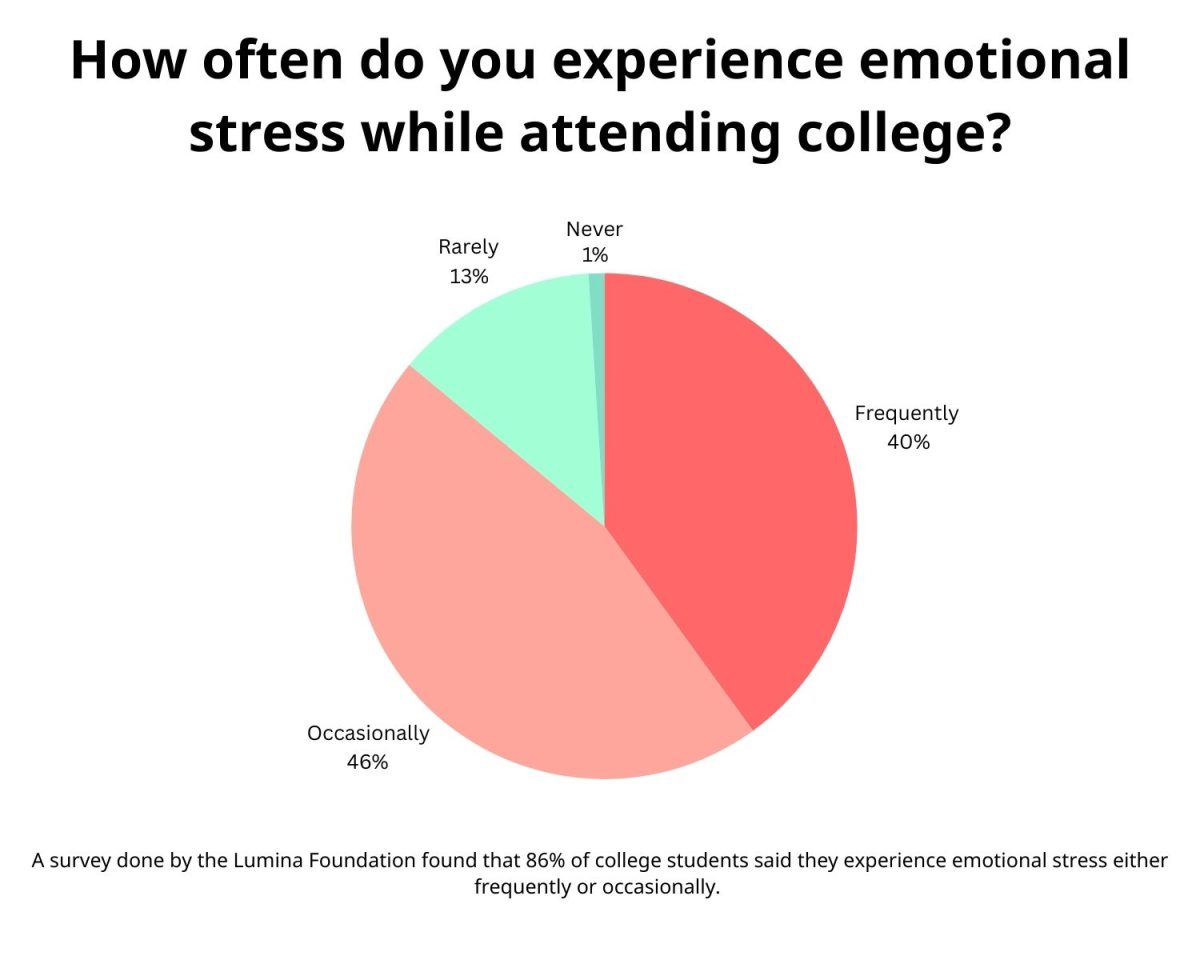In Lydia Maria Child’s “Women’s Rights” from 1843, Child makes an argument I have yet to cease thinking about. In Child’s eyes, the problem of the sexes could not and cannot be resolved by asking women to change their gender norms to fit into a masculine mold, for the problem of the sexes is really the problem with one sex, men.
I am sure many have already heard of the term “toxic masculinity,” but for a quick recap, The Good Man Project’s Harris O’Malley has a fantastic definition of toxic masculinity.
“It’s the cultural ideal of manliness, where strength is everything while emotions are a weakness; where sex and brutality are yardsticks by which men are measured, while supposedly ‘feminine’ traits–which can range from emotional vulnerability to simply not being hypersexual–are the means by which your status as ‘man’ can be taken away,” O’Malley explains.
Recently, the term once again hit headlines as the American Psychological Association released a condemnation of traditional male gender norms as harmful to those who practice them. The report is troubling, to say the least.
According to Stephanie Pappas of the American Psychological Association, studies have shown men who strictly adhere to traditional masculine norms are less likely to seek preventive health care, will have a negative view of mental healthcare and participate in “risky behavior.” This is coupled with very upsetting male-focused statistics.
“Men commit 90 percent of homicides in the United States and represent 77 percent of homicide victims. They’re the demographic group most at risk of being victimized by violent crime. They are 3.5 times more likely than women to die by suicide, and their life expectancy is 4.9 years shorter than women’s. Boys are far more likely to be diagnosed with attention-deficit hyperactivity disorder than girls, and they face harsher punishments in school—especially boys of color,” as reported by Pappas.
I will not lie and say I have tried to uphold masculinity as a primary trait of mine. It stings when someone says, “grow a pair” or “be a man,” but beyond that, I do not often consider my masculinity. However, it is in the unsaid where toxic masculinity rears its ugly head.
When your only references for romantic behavior are movies showing hypersexual guys or sexual exploits from actual hypersexual guys, you receive a distorted view of consent or proper communication, and when irresponsibility or violence is just “boys being boys,” you receive a distorted view of your place in society.
Many men are antagonistic to talks of toxic masculinity or dismissive of its effect on their own lives. The countless “not all men” that follow criticisms of male behavior is well-known at this point, but I am not talking about all men. I am talking about a cultural phenomenon that is perpetuated on a societal level, and it does not have to encompass all men to be a pressing issue. If you do not have any toxic traits, I am so glad you have overcome the hurdle and become the perfect male paragon, but there are quite a few other men who have yet to understand the situation.
Through this realization of toxicity, it is important to remember masculinity has positive social norms. Men are expected to be strong, courageous and tenacious, and no one is trying to remove these traits, or the myriad of other positive traits a man can have. The removal of toxic masculinity from our cultural behavior is not emasculating, but rather, redefining what makes one a man. Furthermore, it could be appeals to these positive traits which leads to the end of the negative ones.
A World Health Organization report on violence prevention points to the “Freedom from Fear” campaign in Western Australia as a sign of success. The campaign focused on addressing male domestic abuse perpetrators directly, and when the campaign found slogans like “real men don’t hit women” were ineffective, the campaign shifted to focus on the effect domestic abuse has on children.
The results of the campaign were a smaller proportion of men reporting they had emotionally abused their partner and a significant decrease in reports by women of “being yelled at” or “being threatened with being hit.” Rather than trying to appeal to a concept of masculinity, the campaign appealed to the natural compassion of men and showed that larger cultural change is possible if society teaches men to tap into their positive natural qualities.
It is our job as men to recognize the harm toxic masculinity has on our partners and families. It is difficult to ascertain which qualities we have been told are masculine are actually harmful social constructs, but the best question to ask oneself is what effect one’s behavior has on others.
Ask yourself whether it is okay to manipulate a woman’s emotions in order to receive sexual satisfaction. Ask yourself whether it is okay to disregard your own health for some imaginary concept of manliness. In some hopeful future, a call to “be a man” will be a call to courtesy and wisdom, and not a call to shotgun a beer.
Categories:
Separating the man and the masculine
About the Contributor

Dylan Bufkin, Former Editor-in-Chief
Dylan Bufkin served as the Editor-in-Chief of The Reflector from 2020 to 2021.
He also served as the Opinion Editor from 2019 to 2020.
0
Donate to The Reflector
Your donation will support the student journalists of Mississippi State University. Your contribution will allow us to purchase equipment and cover our annual website hosting costs.
More to Discover







